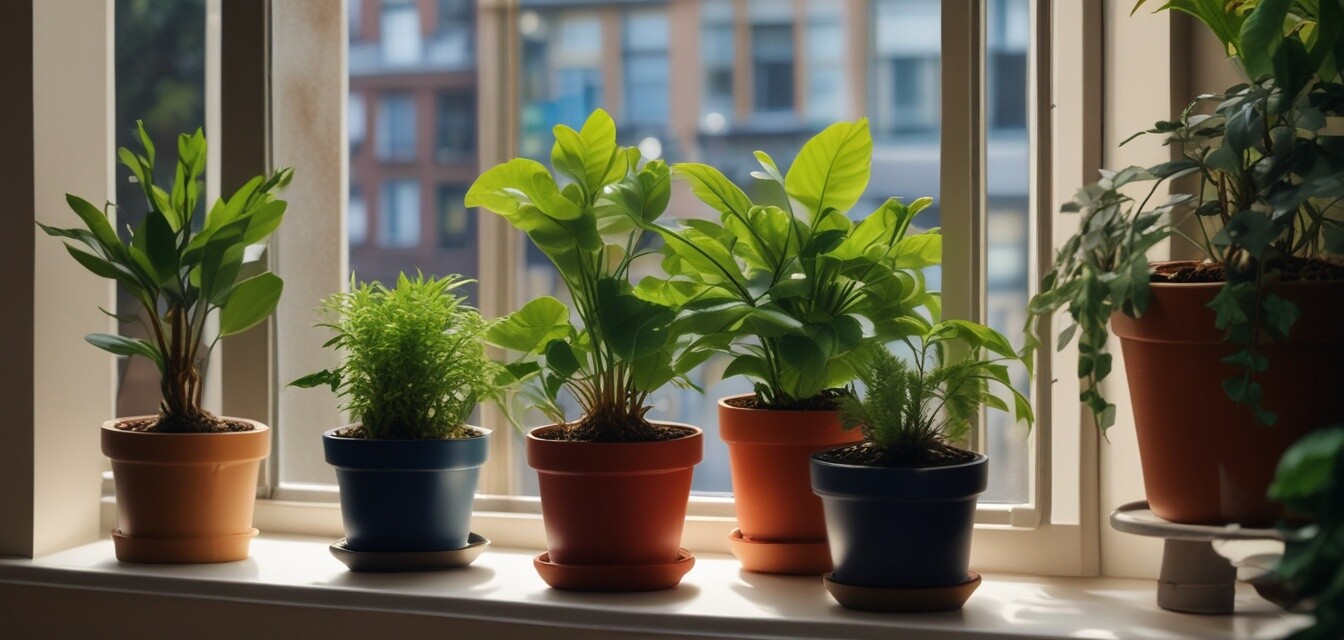
The Importance of Regular Houseplant Checks
Key Takeaways
- Regular inspections help identify stress or disease early.
- Healthy plants promote a more vibrant living space.
- Proper care is essential for long-term growth and sustainability.
- Pest and disease management can save your plants from excessive damage.
- Routine checks are a form of bonding with your plants.
In our busy lives, it can be easy to overlook the health of our beloved houseplants. However, making it a habit to regularly inspect these green companions is incredibly crucial. Not only does it promote healthy growth, but it also allows you to catch potential issues before they escalate into serious problems. In this article, we will explore the numerous benefits of regularly checking your houseplants for signs of stress or disease.
Why Regular Houseplant Checks Matter
Houseplants, much like any other living organism, require attention and care. Here's why you should consider integrating regular checks into your plant care routine:
- Early detection of issues: Quick identification of problems like pests, diseases, or environmental stress can significantly improve the recovery chances of your plants.
- Optimized growth: Ensuring your plants are healthy contributes to their growth, resulting in lush foliage and vibrant flowers.
- Improved atmosphere: Healthy plants contribute positively to your indoor air quality and provide a calming effect in your living space.
Common Signs of Stress or Disease
When inspecting your houseplants, keep an eye out for the following symptoms that indicate stress or disease:
| Symptom | Possible Cause |
|---|---|
| Yellowing leaves | Overwatering, nutrient deficiency, or disease |
| Wilting | Underwatering, excessive heat, or root rot |
| Browning leaf edges | Low humidity, over-fertilization, or insufficient water |
| White webbing or spots | Pest infestation (like spider mites) |
| Slow growth | Light deficiency or nutrient issues |
How to Conduct a Regular Houseplant Check
Conducting a check on your houseplants isn’t complicated. Here’s a simple guide to follow:
- Visual Inspection: Look for any noticeable issues such as discoloration or wilting.
- Touch Test: Gently touch the leaves. They should feel firm and healthy, not soft or mushy.
- Soil Check: Check the soil moisture level. Is it too dry or too wet?
- Pest Check: Examine both the leaves and the undersides for any signs of pests.
- Environmental Assessment: Ensure your plants are in an optimal temperature and humidity range.
Creating a Regular Inspection Schedule
Establishing a regular schedule for plant inspections can help ensure your plants remain healthy. Here are some tips to create your schedule:
- Choose a specific day of the week dedicated to plant checks.
- Set reminders on your phone or create a calendar entry.
- Keep a journal to document the state of your plants and any actions taken.
Pest Management Techniques
Identifying pests early is crucial for maintaining plant health. Here are some management techniques to consider:
- Neem oil: A natural pesticide that’s effective against various pests.
- Insecticidal soap: Helps to eliminate soft-bodied insects like aphids.
- Homemade sprays: A mix of water, dish soap, and a few drops of essential oils can deter pests.
Pros
- Early detection of problems can save your plants.
- Regular checks promote a personal connection with your plants.
- Healthy plants enhance your home decor.
- Improved air quality in your living space.
Cons
- Time-consuming if you have many plants.
- Possible stress on the plants during frequent handling.
Enhancing Your Urban Balcony with Healthy Plants
Having a well-maintained balcony garden can significantly improve your urban living conditions. Regular houseplant checks are just one aspect of keeping your greenery thriving. To further enhance your balcony experience, consider exploring our balcony accessories that can provide functionality and style. Moreover, refer to our gardening tips section for more insights on optimizing plant care in small spaces.
Beginner's Tips for Regular Houseplant Checks
- Start with a few plants and gradually increase your collection.
- Research the specific needs of each plant type.
- Use a watering schedule to help you keep track.
Conclusion
Regular houseplant checks are a simple yet effective way to ensure that your plants remain healthy and vibrant. By keeping an eye on their needs, you'll not only foster their growth but also enjoy the beauty of a flourishing balcony garden. For more insights on extending your gardening journey, explore our vertical gardening tips tailored for urban environments. It's time to connect with your green space and nurture your indoor oasis!